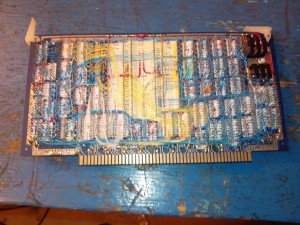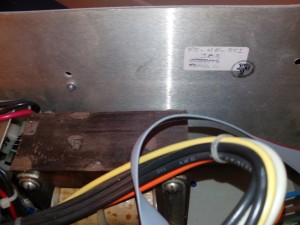Ext2Fsd may or may not be directly supported on Win 8. Either way, I couldn’t get it to install without a couple of changes. Your mileage may vary, of course…
Right click on the installation file for 0.51; this is the version that I’m using. Select Properties and then change the compatibility settings to Run as Administrator and Windows 7.
My experience so far has been that everything appears to work properly, but I’m using a file synch program just in case. The initial copying that I attempted missed a lot of files but I might not have given everything time to load properly.
As a note, if you are unable to display the files, check on Ext2Fsd program to make sure the service is started. Otherwise, Windows thinks you have a blank drive.
I’m using Ext2Fsd with a Xubuntu drive to copy my data off. So far, so good…






